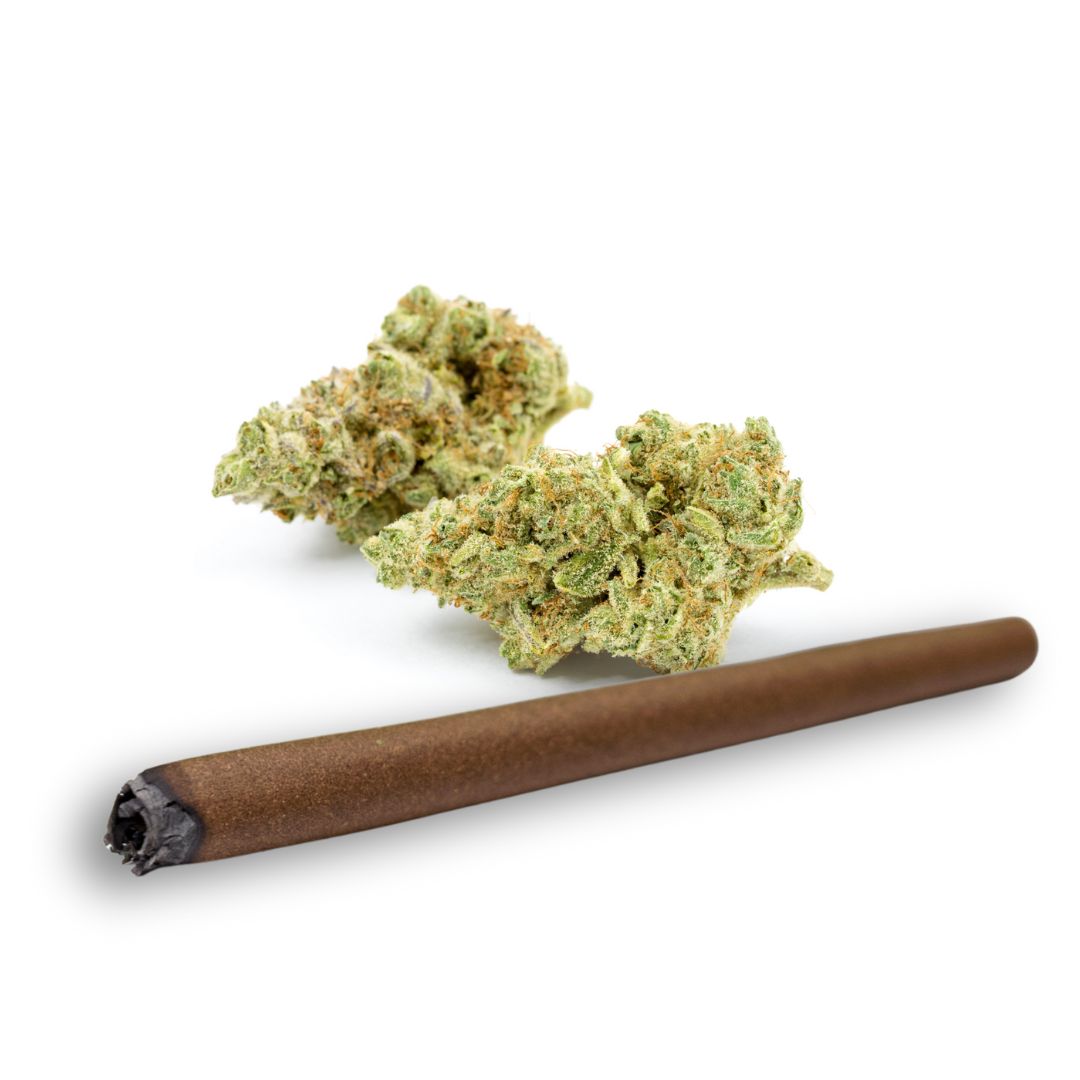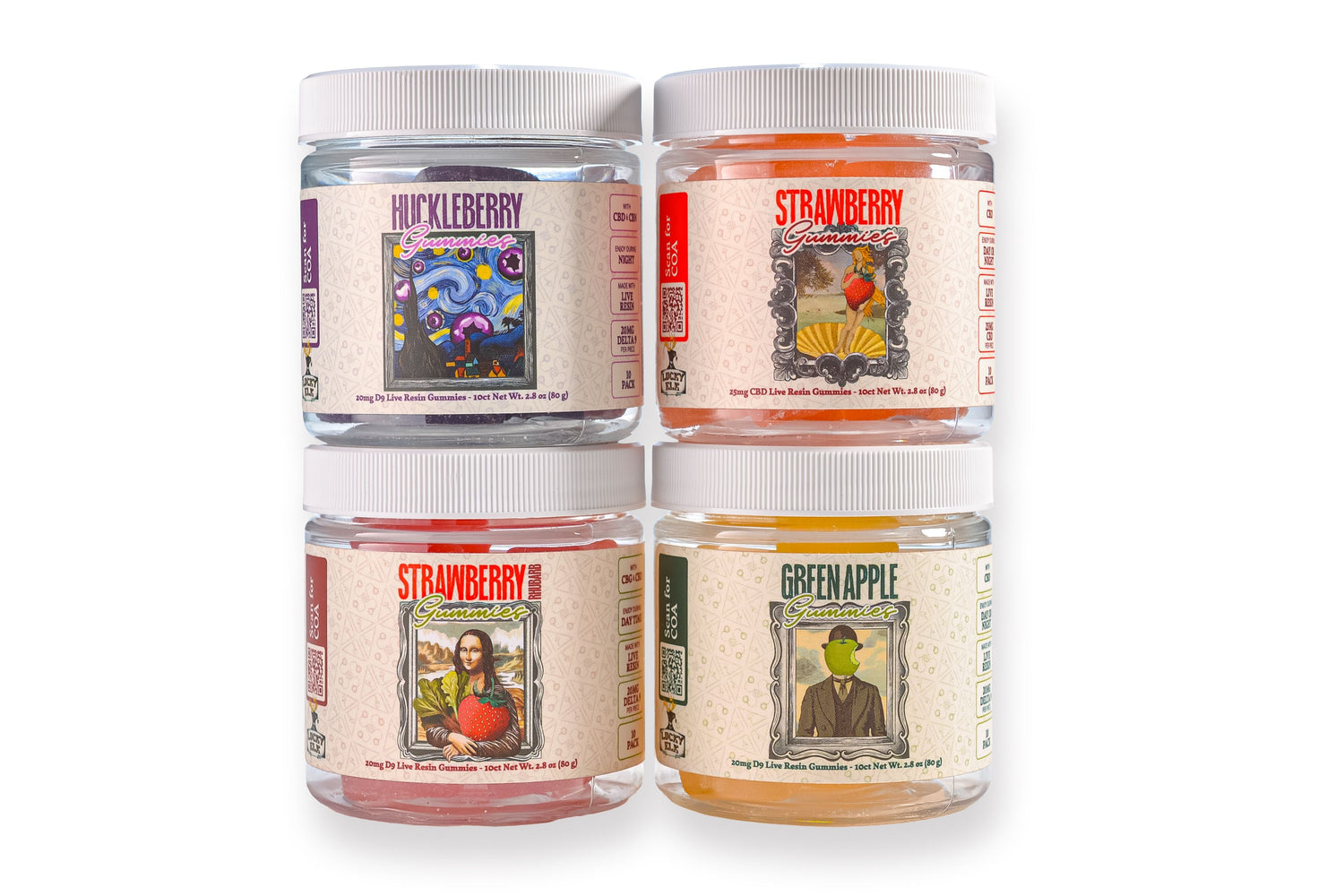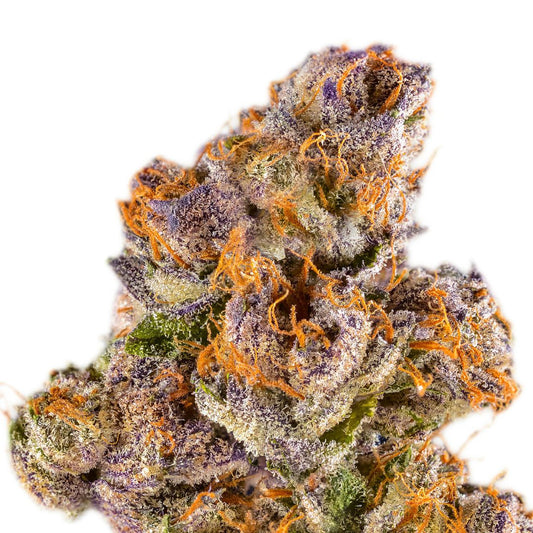When people think of Sativa, they picture sunlight and momentum — the spark that starts a day or inspires a new idea. These strains are known for their bright terpene profiles and cerebral lift, but there’s much more beneath the surface. As we explored in Indica vs. Sativa vs. Hybrid: What It Actually Means, the difference isn’t just in effect — it’s in lineage, chemistry, and cultivation.
Sativa Effects: Bright, Buzzy, and Brainy
Sativa-dominant strains are typically associated with:

- Mental stimulation
- Creativity and focus
- Uplifted mood and energy
They’re great for mornings, movement, or social settings—aka your “wake and bake” go-tos. For those who prefer cannabis without couch lock, sativas can be a perfect match.
Shop Tropicana Cherry THCa Flower --> Customer Favorite Sativa
Why Are True Sativas So Rare?
Here’s the catch: true sativas are hard to grow.
Longer flower times: Most take 10–14 weeks to mature (vs. 8 weeks for indicas).
Lower yields: Less flower per square foot makes them less profitable.
Lighter structure: Buds tend to be airier, with less dense nug formation.
Sometimes lower potency: THC percentages may test lower even if the effects are strong.
For indoor growers or large-scale producers, these traits are a hard sell. That’s why most modern “sativas” are actually hybridized cuts with a sativa-dominant effect.
Classic Sativa Strains

Even with the challenges, some sativas have become legendary for their energetic lift:
Jack Herer – A spicy, piney classic named after the legendary cannabis activist.
Green Crack – Bright, citrusy, and famously focused.
Strawberry Cough – Sweet and smooth with an energizing, euphoric effect.
Blue Dream – A balanced sativa-dominant hybrid that’s taken over the market.
Peanut Butter Apricot – Lucky Elk’s flagship sativa, bred from Purple Apricot x Peanut Butter Breath and grown in coco coir to boost terpene expression. It’s fruity, vibrant, and uniquely uplifting.
Don’t Just Chase THC — Chase Terpenes
If you’ve read A Modern Look at Indica & Sativa, you know that potency isn’t just about numbers. In Sativas, limonene, pinene, and terpinolene often steer the experience, creating that fresh, electric, daytime-friendly feel. These terpenes awaken the senses and contribute to what makes each cultivar unique — a reminder that true quality lies in the plant’s full expression, not just its test results.
Closing Thoughts
Whether you’re drawn to Sativa’s light or Indica’s calm, each has its role in the ritual. Together, they form the full conversation of the cannabis plant — one that spans energy, rest, and everything in between.
To explore how the story comes full circle, read What Makes an Indica? and revisit our foundational post, Indica vs. Sativa vs. Hybrid: What It Actually Means.
At Lucky Elk, we celebrate all sides of the plant — grown with care, shared with family, and rooted in balance.








